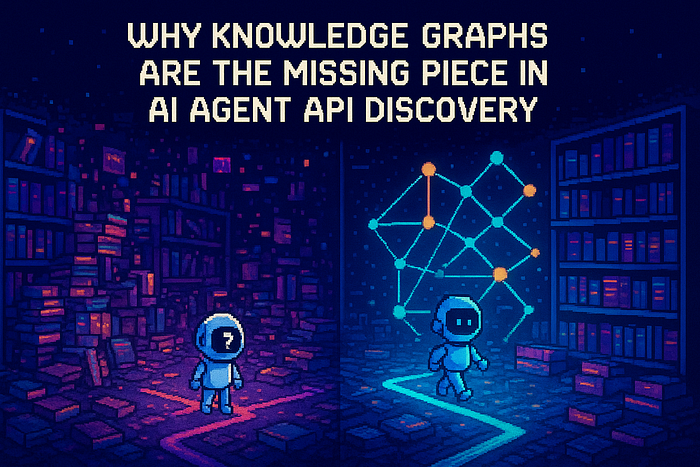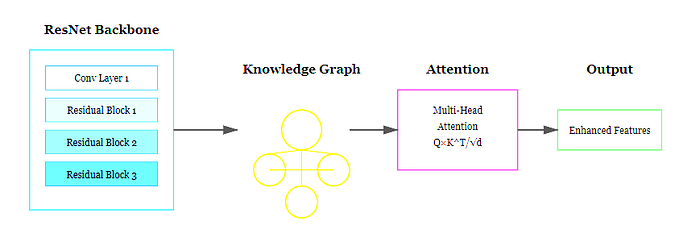Analyze Data Like A Python Pro
Author(s): Katlego Thobye
Originally published on Towards AI.
Create a Cheat Sheet and Stop Googling the Docs
This member-only story is on us. Upgrade to access all of Medium.
I remember drowning in online searches for the first few months of my data science journey. Every task, no matter how small, required an endless cycle of searching Stack Overflow, poring over Pandas documentation, and frantically flipping between Matplotlib examples. My code was a Frankensteinian monster of copy-pasted snippets, barely held together with duct tape and hope. I spent more time debugging syntax errors and wrestling with data types than ‘analyzing’ anything. From struggling to determine the difference between df.loc() and df. iloc(), and the vast assortment of filling methods (method=‘ffill’) — these commands swam before my eyes, a jumbled mess of possibilities I could never quite grasp.
One particularly frustrating day, I spent hours trying to create a simple scatter plot with different colors based on a categorical variable. I jumped between Matplotlib’s documentation, Seaborn tutorials, and countless blog posts, each offering a slightly different (and often conflicting) approach. That's when it hit me: I needed a consolidated resource—my own data science cheat sheet that captured the essential Pandas, NumPy, and Matplotlib commands I used most frequently, along with clear examples and explanations.
I started… Read the full blog for free on Medium.
Join thousands of data leaders on the AI newsletter. Join over 80,000 subscribers and keep up to date with the latest developments in AI. From research to projects and ideas. If you are building an AI startup, an AI-related product, or a service, we invite you to consider becoming a sponsor.
Published via Towards AI
Take our 90+ lesson From Beginner to Advanced LLM Developer Certification: From choosing a project to deploying a working product this is the most comprehensive and practical LLM course out there!
Towards AI has published Building LLMs for Production—our 470+ page guide to mastering LLMs with practical projects and expert insights!

Discover Your Dream AI Career at Towards AI Jobs
Towards AI has built a jobs board tailored specifically to Machine Learning and Data Science Jobs and Skills. Our software searches for live AI jobs each hour, labels and categorises them and makes them easily searchable. Explore over 40,000 live jobs today with Towards AI Jobs!
Note: Content contains the views of the contributing authors and not Towards AI.














